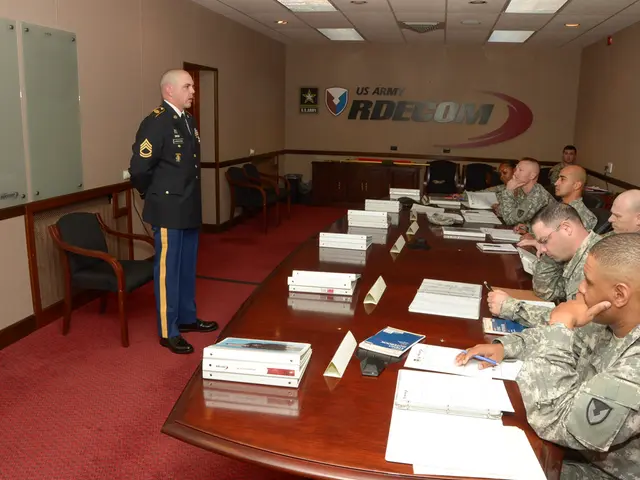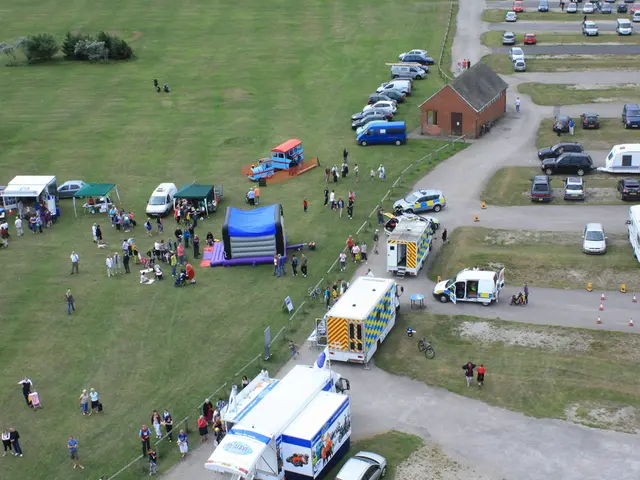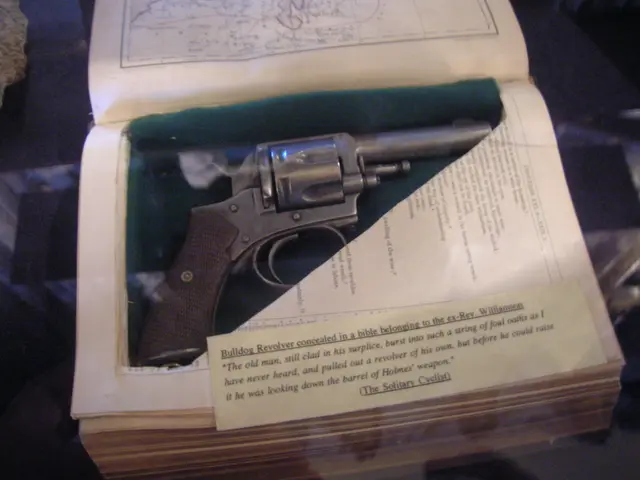Fusion technology organization, Commonwealth Fusion Systems, is developing novel supply chains for commercial purposes
Commonwealth Fusion Systems Tackles Engineering Challenges to Advance Fusion Power
Commonwealth Fusion Systems (CFS) is facing new engineering challenges as it builds its demonstration reactor, SPARC, in Massachusetts, and plans for its first commercial power plant, ARC, in Virginia.
The company, which has transformed a Nobel Prize-winning lab curiosity into the foundation of what could be the world's first commercial fusion power plant, is making significant strides in the realm of fusion energy.
One of the key components of CFS's power plants is high-temperature superconducting tape, which resembles an old cassette tape and can send 2000 amps across it with zero loss. This unique material has been instrumental in CFS's success, but it also posed a challenge: the company needed thousands of kilometers of this tape, but initially only had access to about a hundred meters.
To address this issue, CFS had to bootstrap an entire industry around the production of this tape. They worked closely with the manufacturer, helping to redesign its production process and improving both the economics and quality control of tape production. This collaboration dramatically increased the market's capacity to manufacture the tape, with a 40x increase in capacity over just a few years.
A significant milestone was reached in September 2021 when CFS successfully tested its HTS magnet at MIT's Plasma Science and Fusion Center. This test led directly to the company's $1.8 billion Series B funding round three months later.
CFS's magnet design calls for 18 large magnets, each containing 16 pancake-shaped coils. The company had to find a specific type of oven to bake the copper caps before installation, eventually building one themselves. It took six months for CFS to solve the problem of the copper caps, producing the last one for SPARC two weeks ago.
The manufacturing process for the copper caps created variations in electrical properties at the joints and seams, leading to potential power failures. To overcome this, CFS designed copper caps for each magnet to protect the superconducting tape, requiring a team of skilled welders who could maintain the material's electrical homogeneity.
Now, CFS is focused on assembling the superconducting tape into "pancakes" that make up each magnet, with a goal of producing one a day. The company's modular design and focus on manufacturing efficiency are key to achieving its goal of eventually reaching $50 per megawatt-hour through economies of scale in both tape production and magnet manufacturing.
As CFS continues to push the boundaries of fusion energy, its founder and CEO, Robert Mumgaard, advises other climate tech startups to "focus relentlessly on your next critical de-risking" and "build that magnet, focus on that and make sure people understand what that is." With each milestone achieved, CFS is bringing fusion power one step closer to becoming a viable and sustainable source of energy.
Read also:
- Understanding Hemorrhagic Gastroenteritis: Key Facts
- Stopping Osteoporosis Treatment: Timeline Considerations
- Tobacco industry's suggested changes on a legislative modification are disregarded by health journalists
- Expanded Community Health Involvement by CK Birla Hospitals, Jaipur, Maintained Through Consistent Outreach Programs Across Rajasthan








